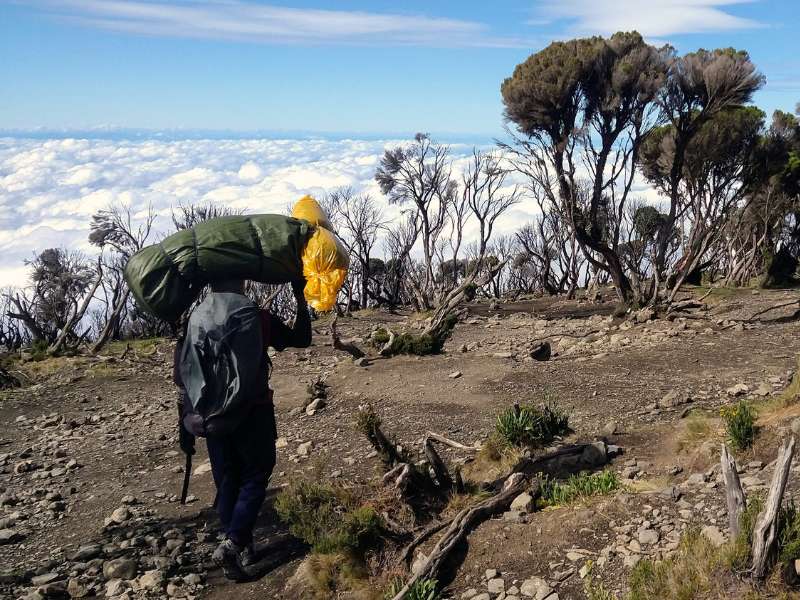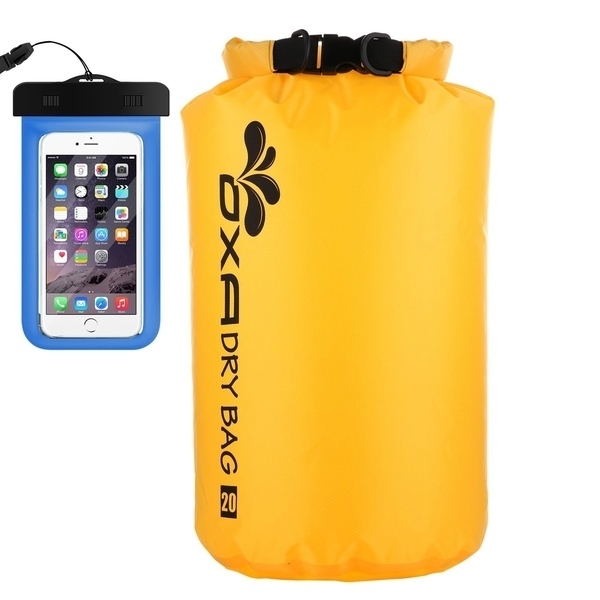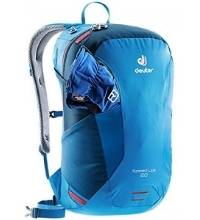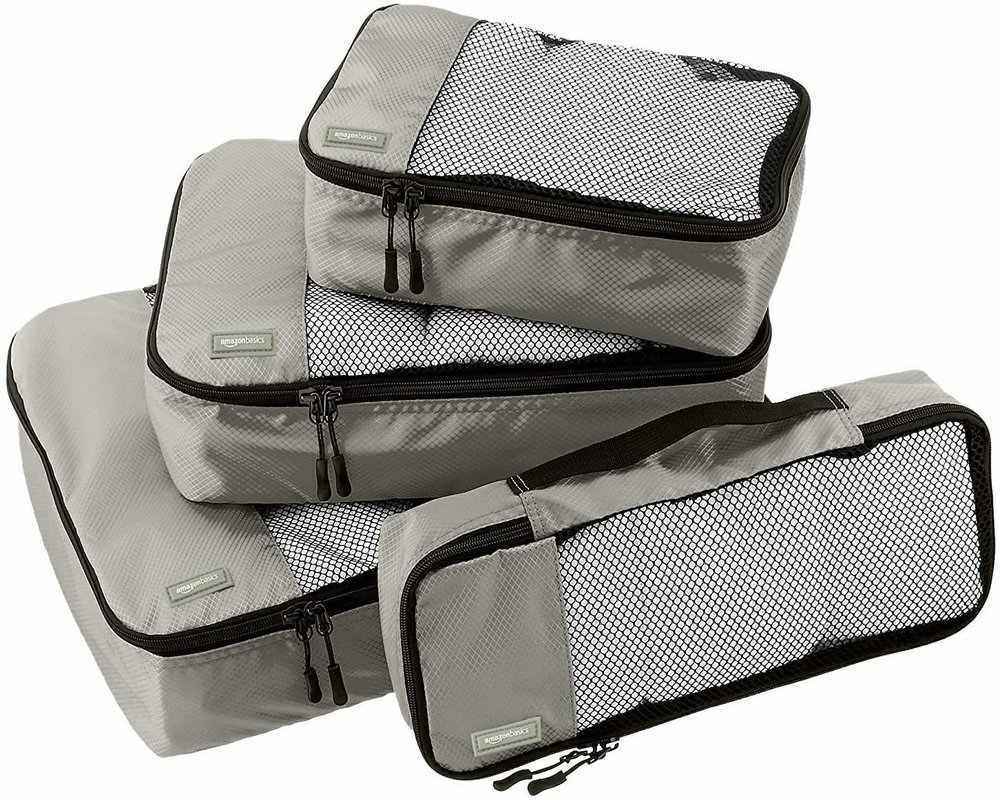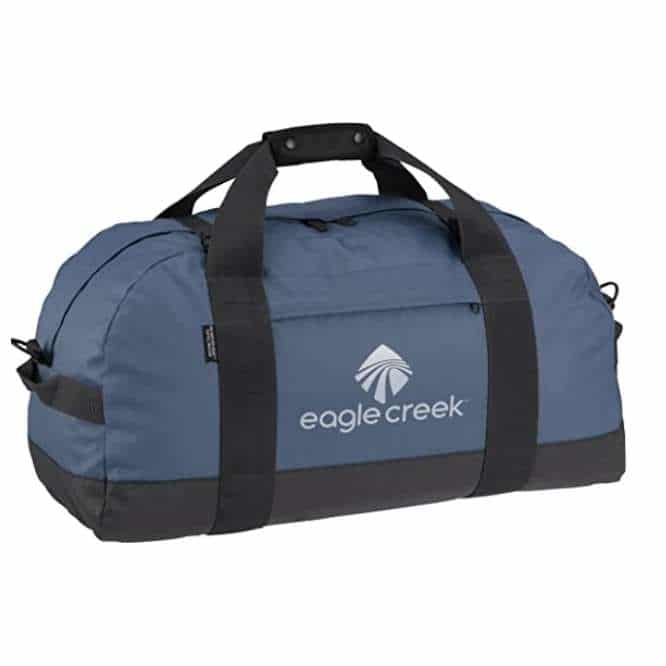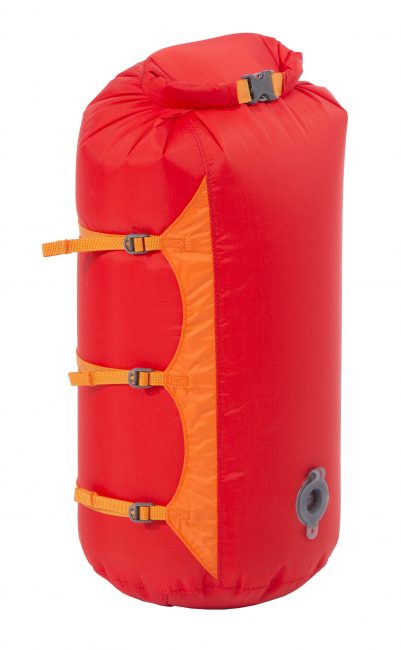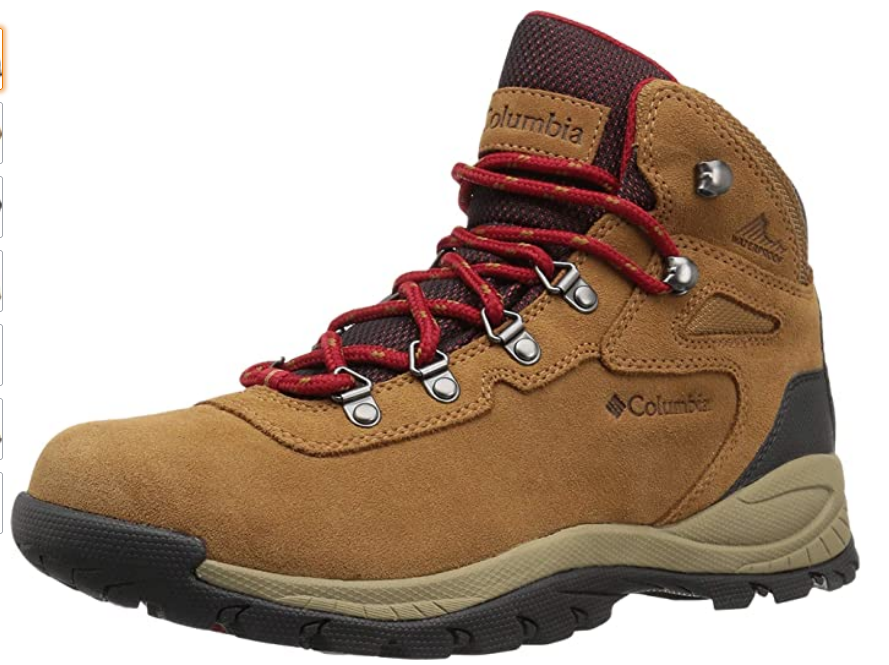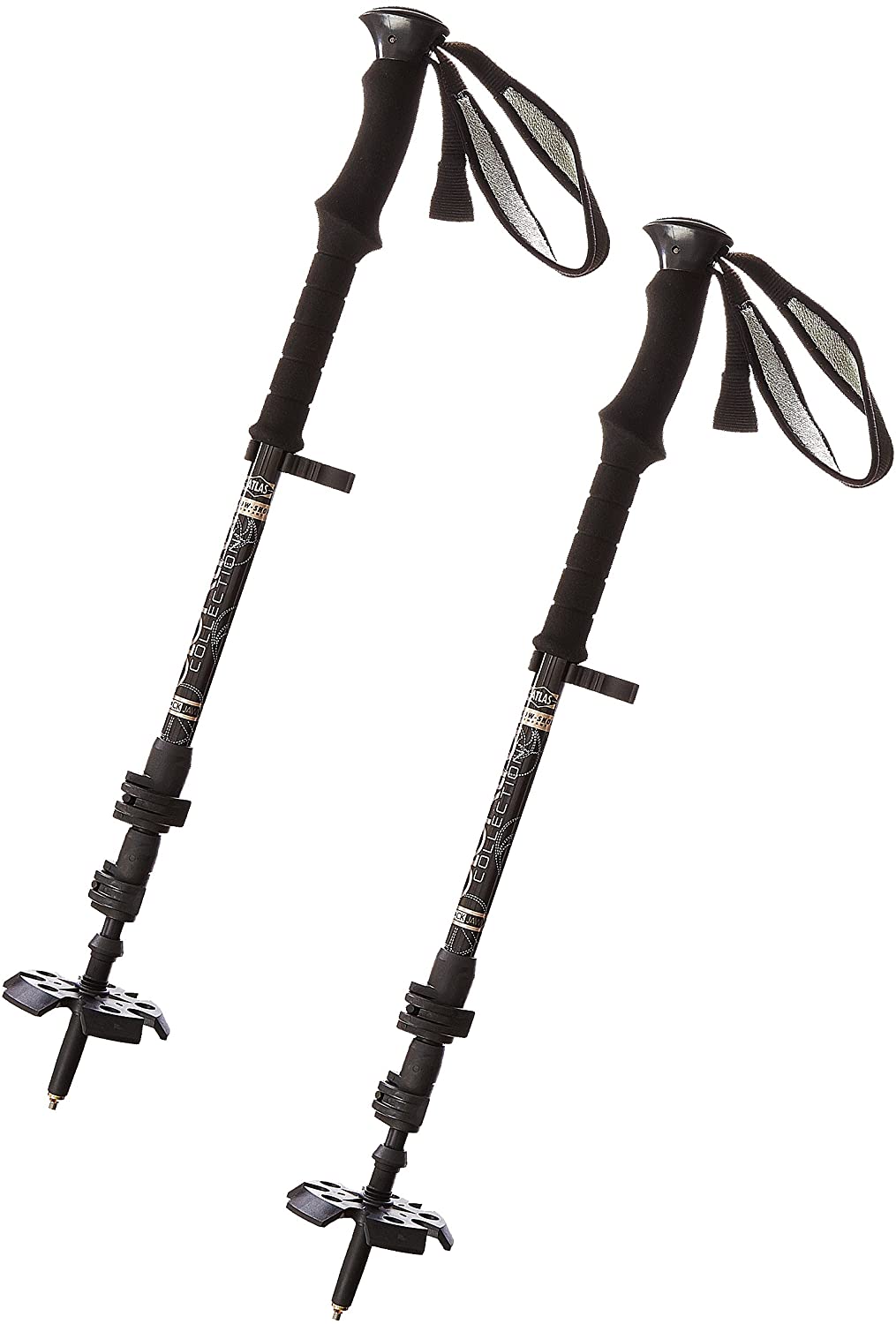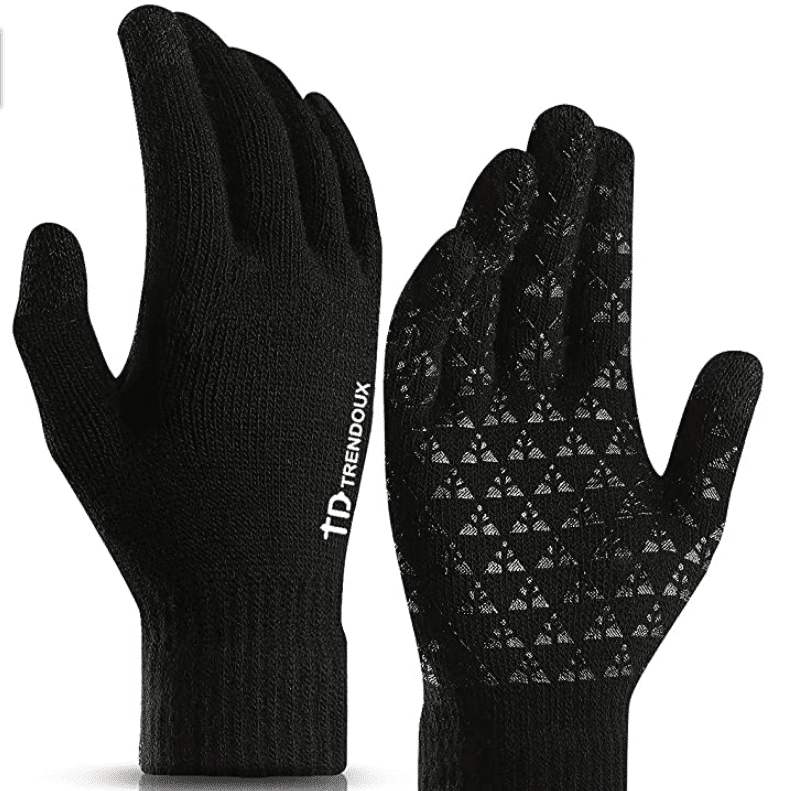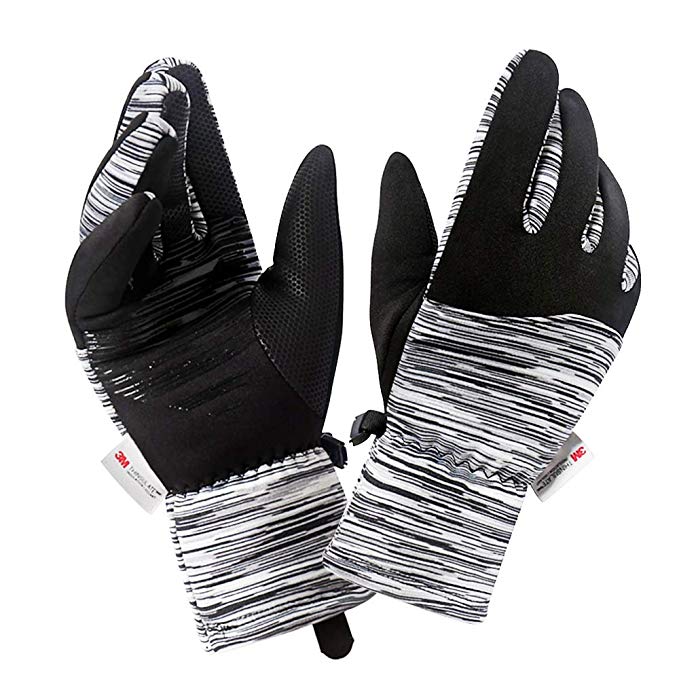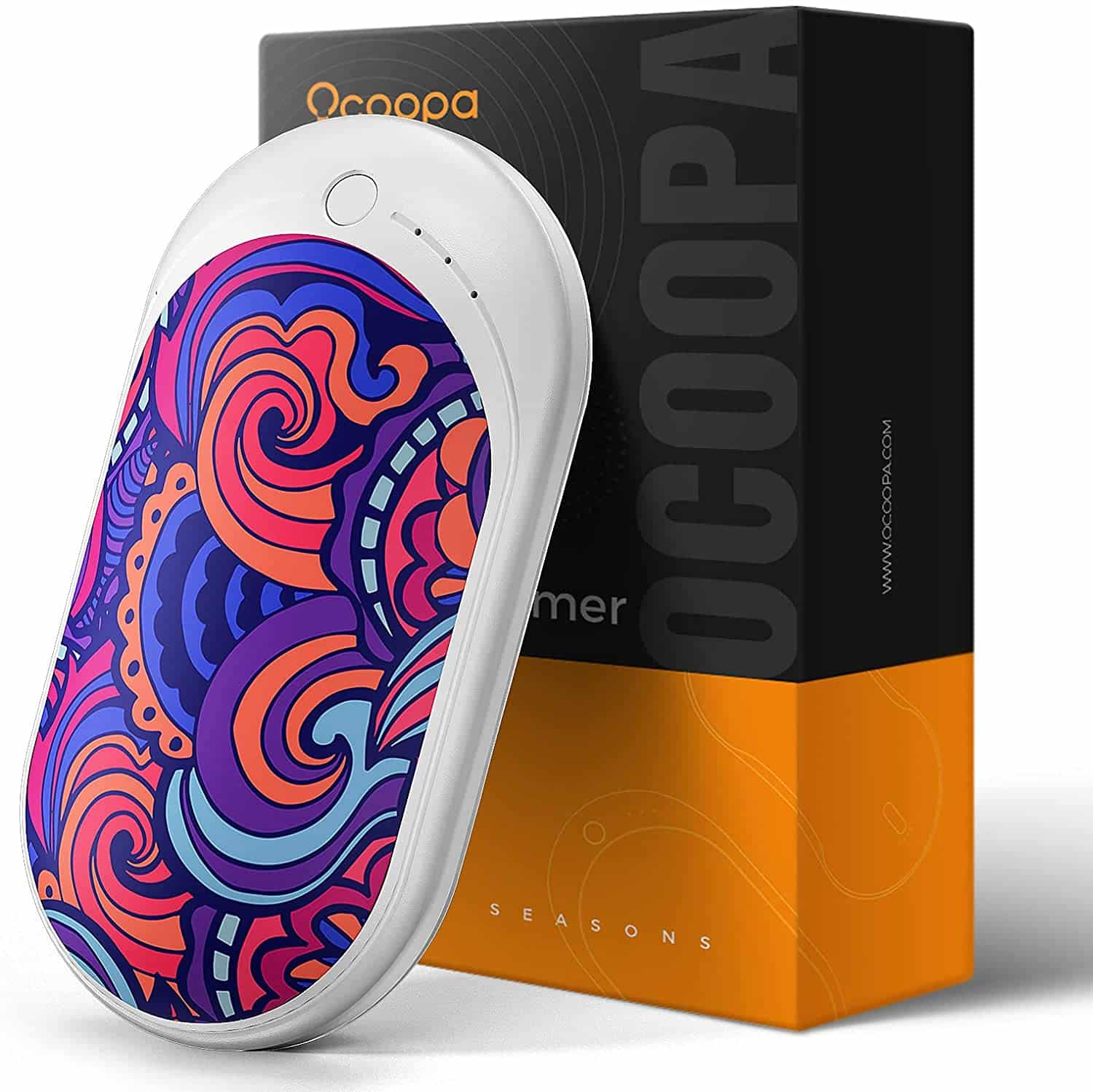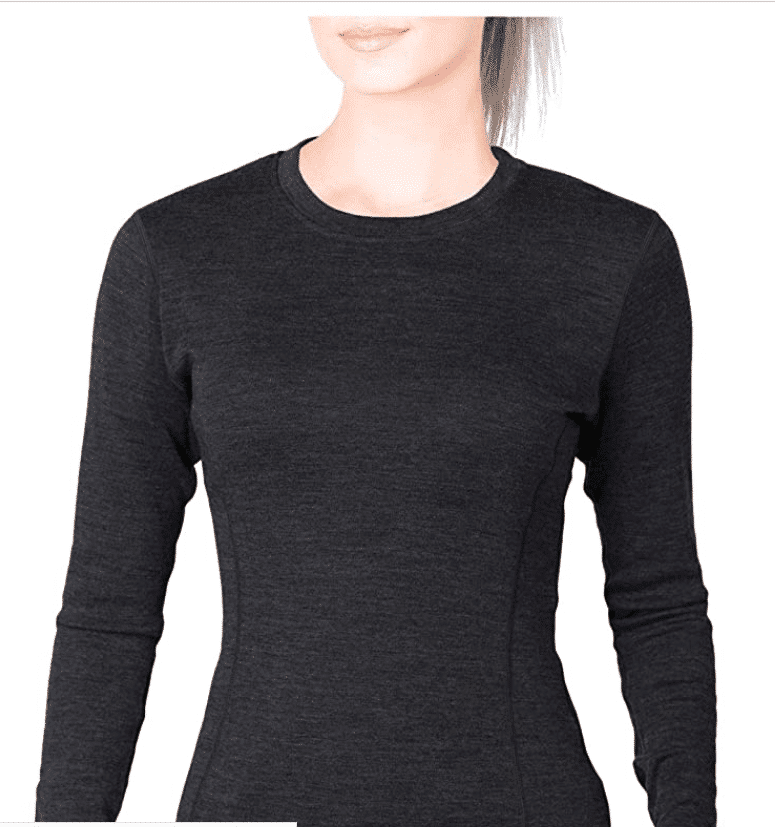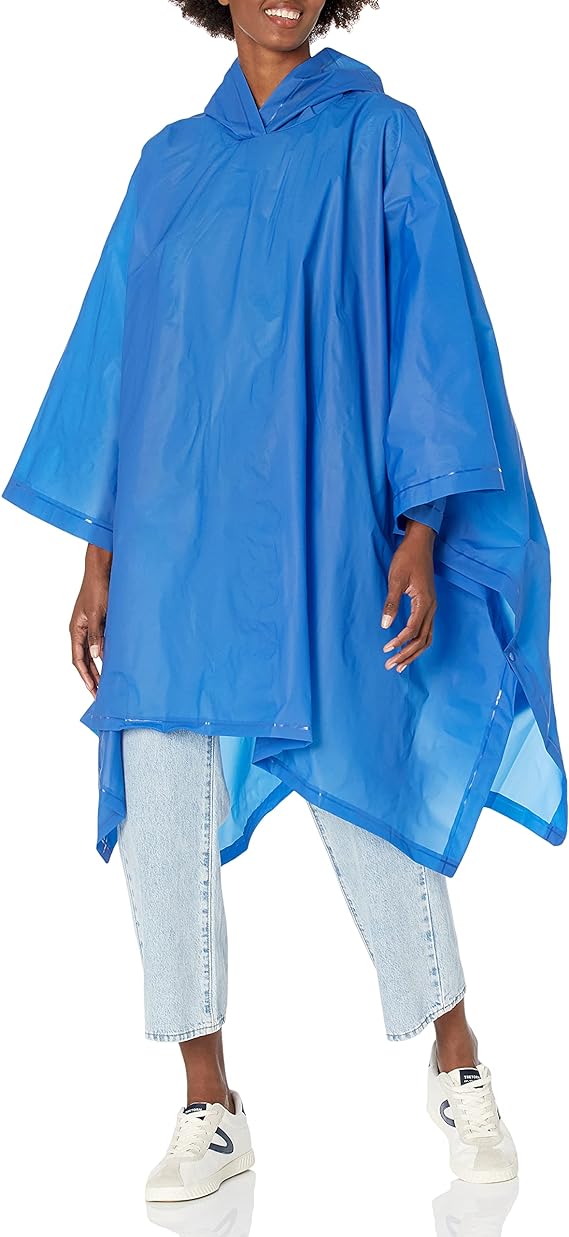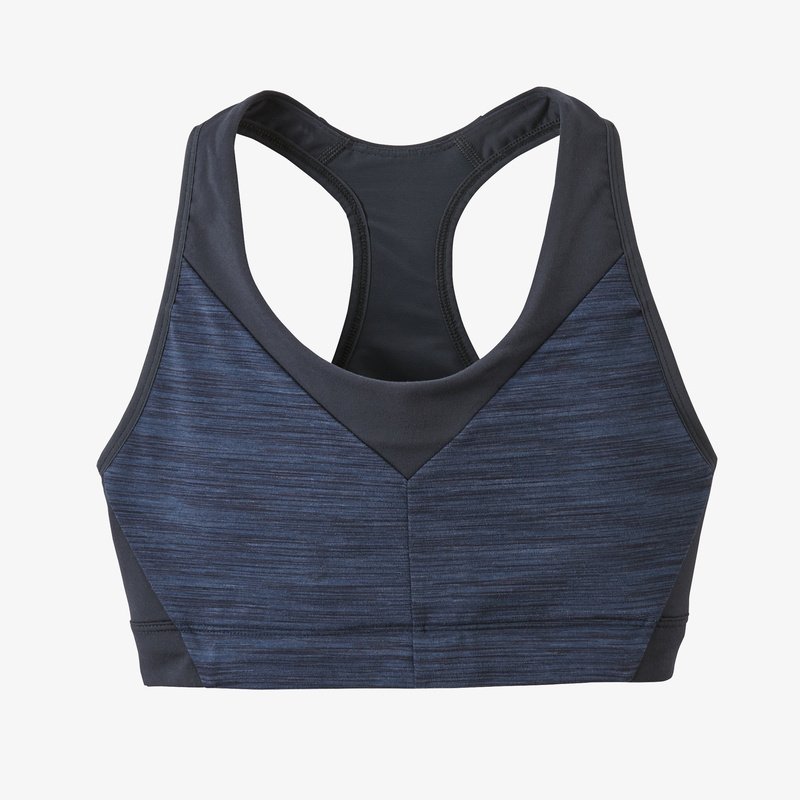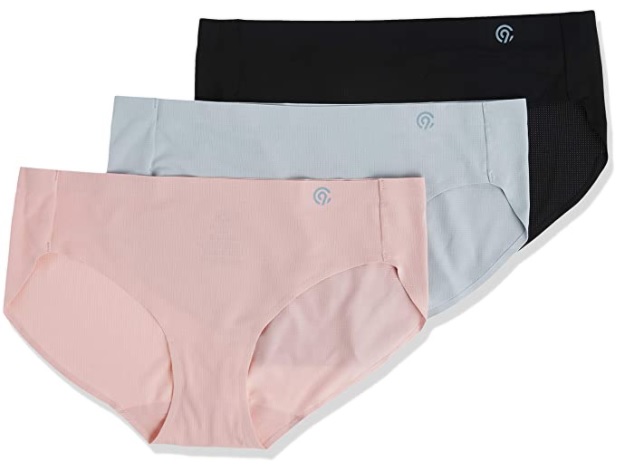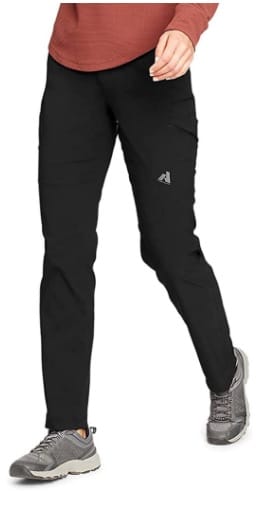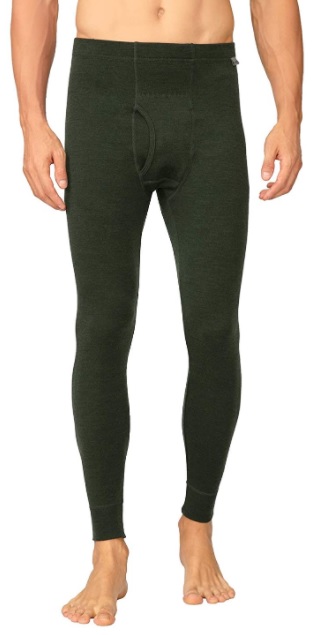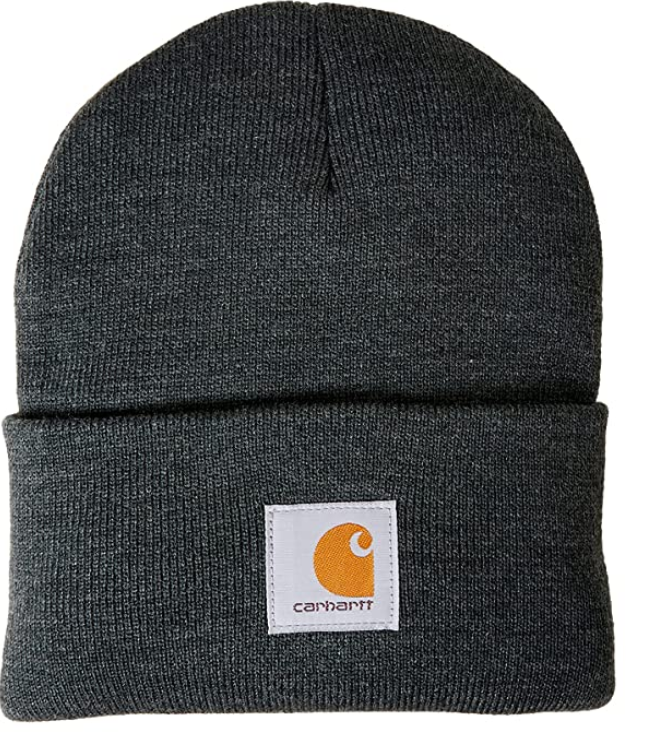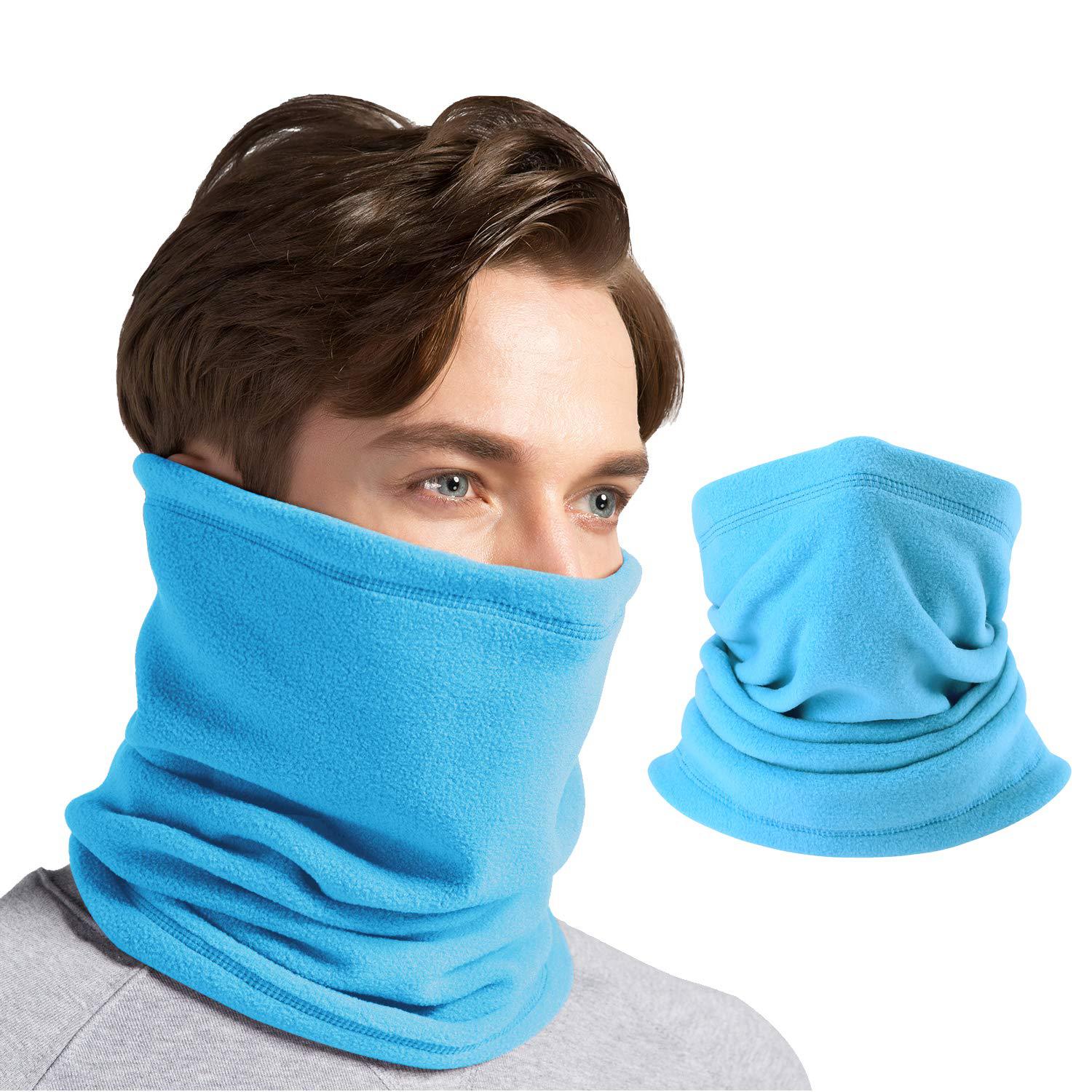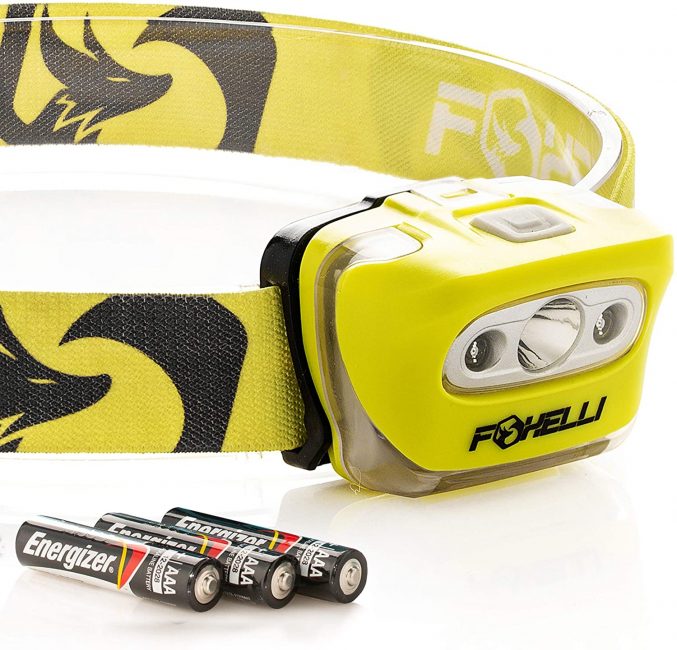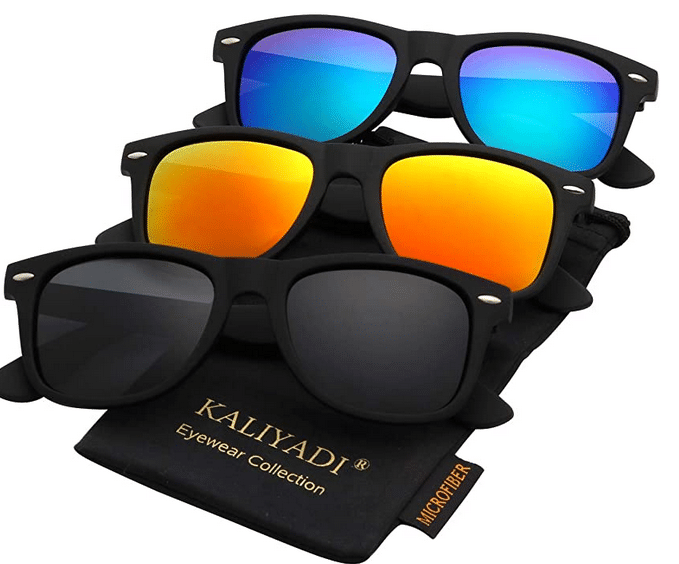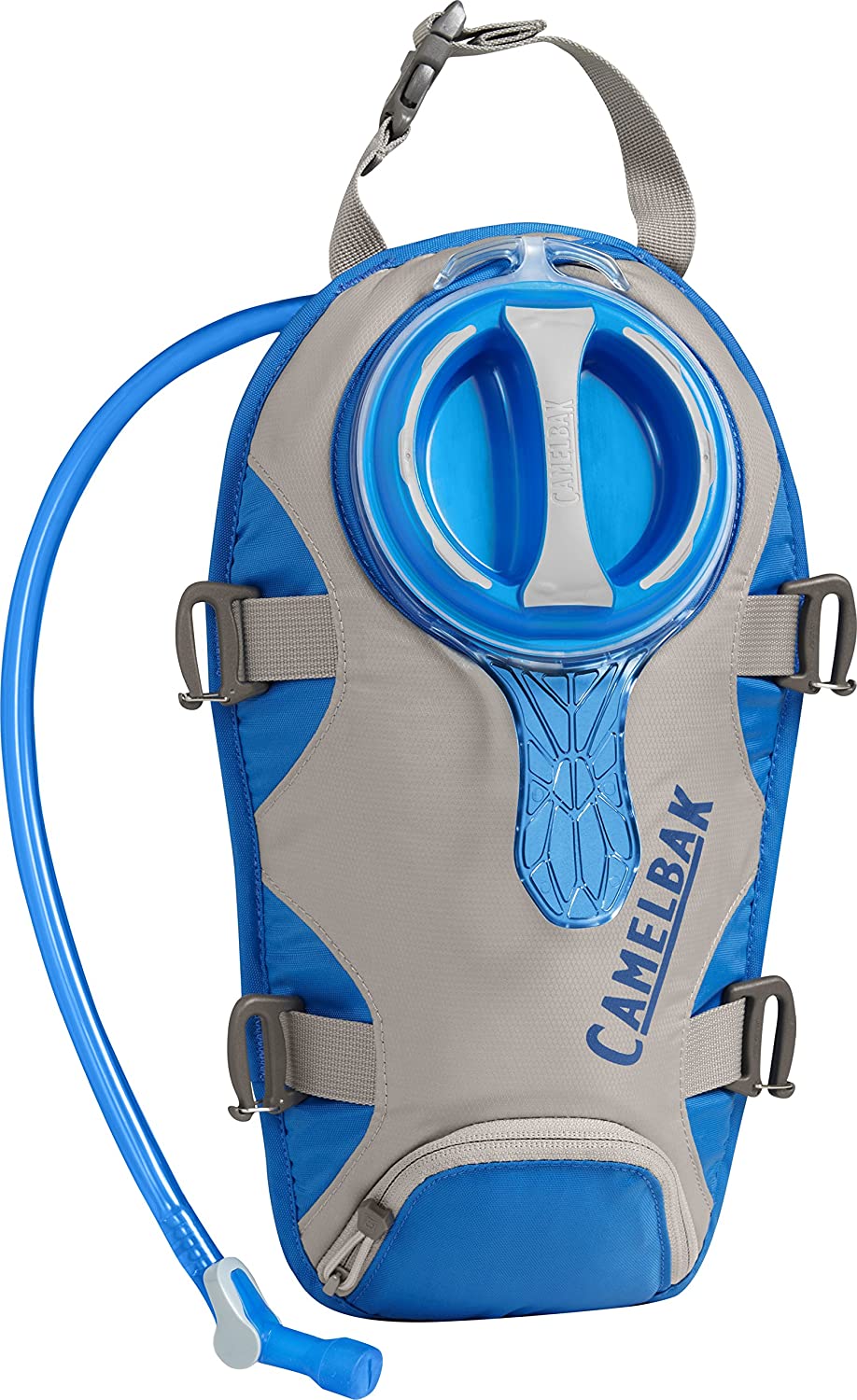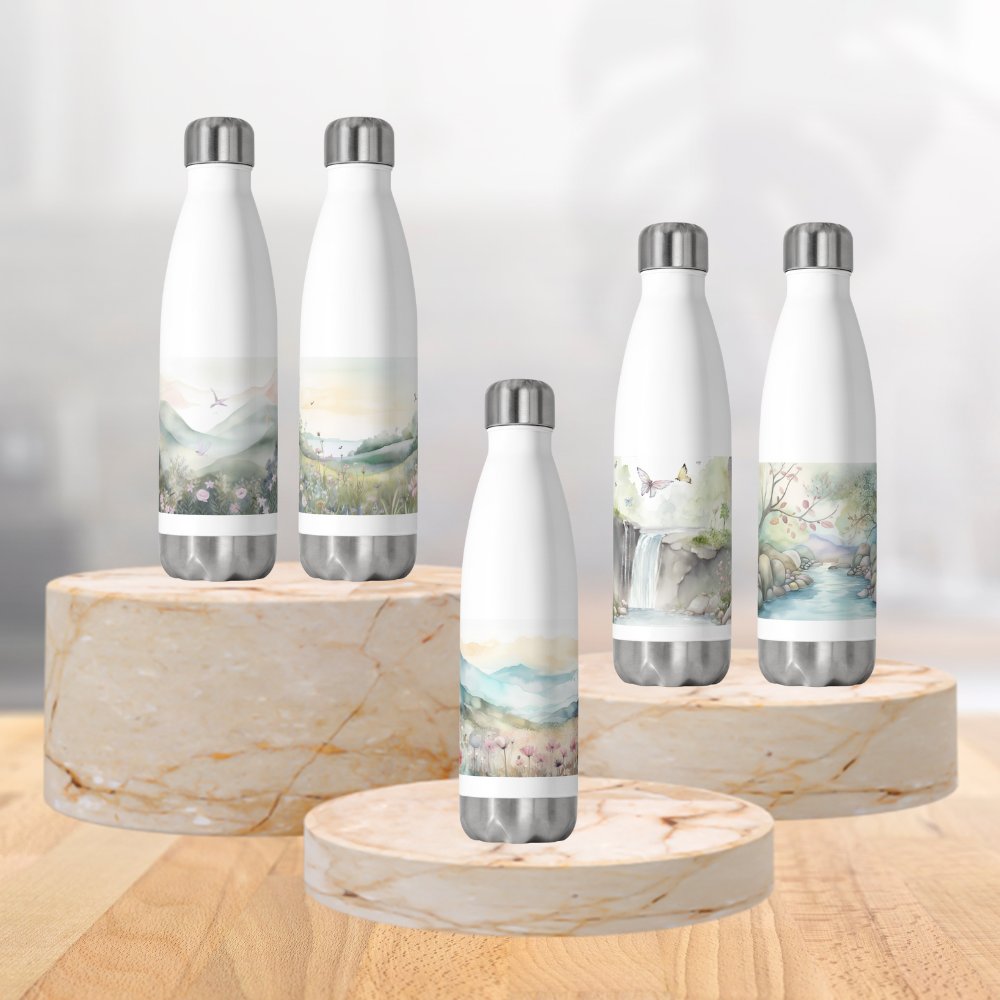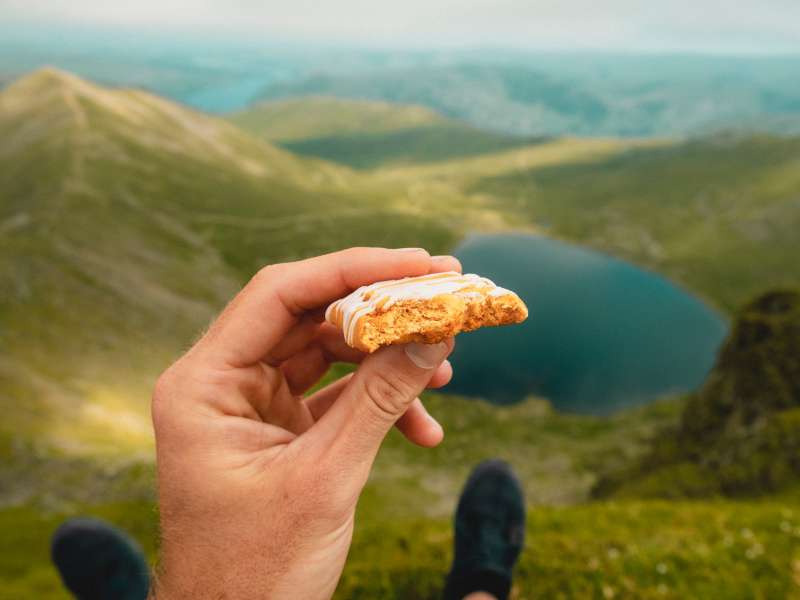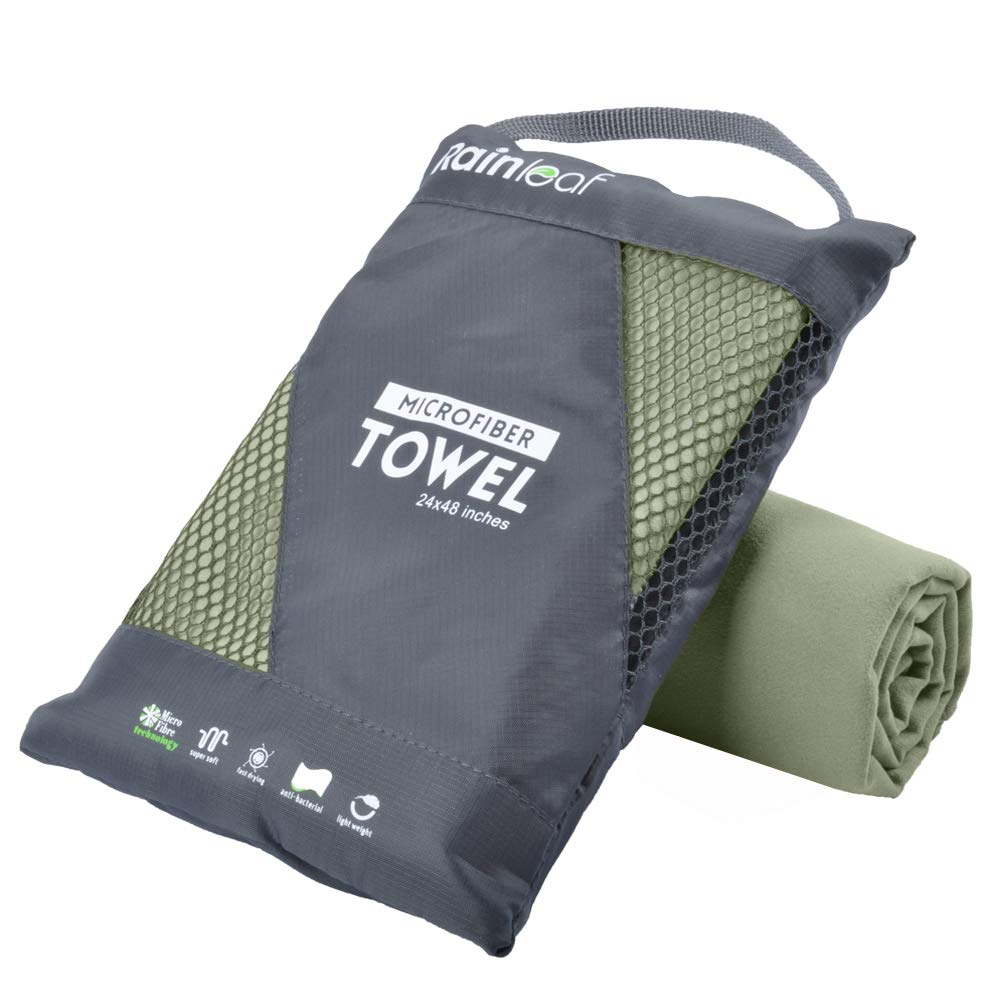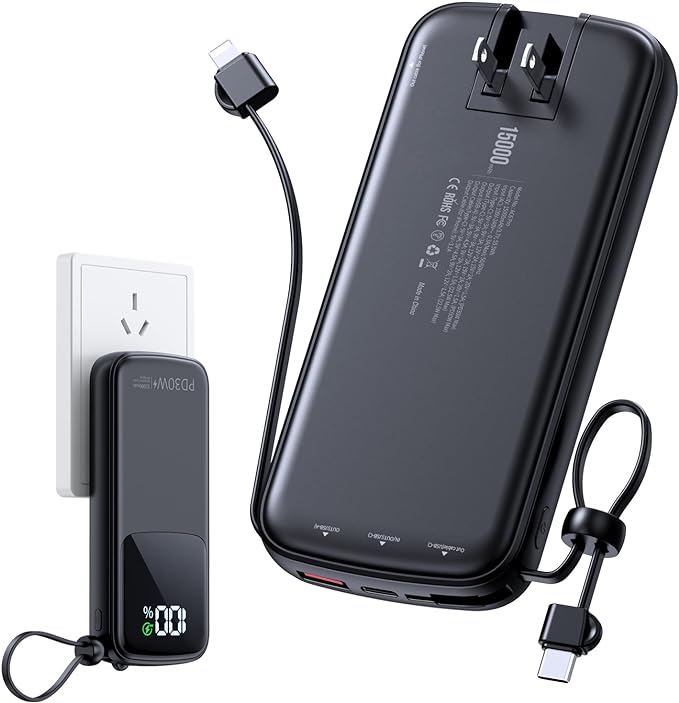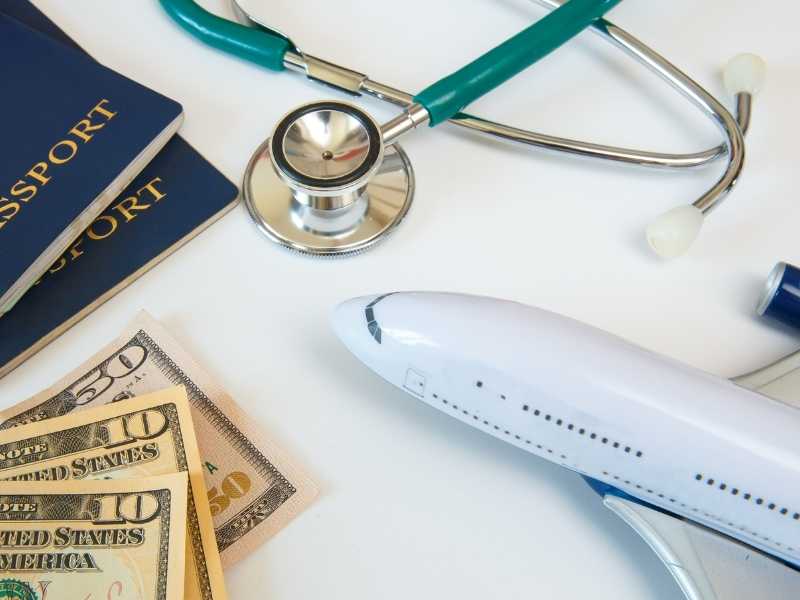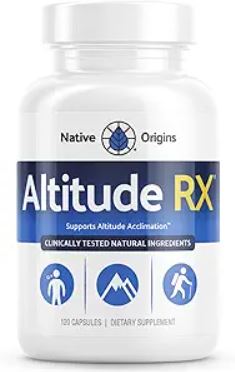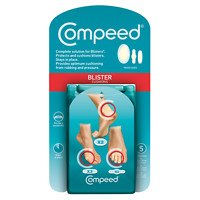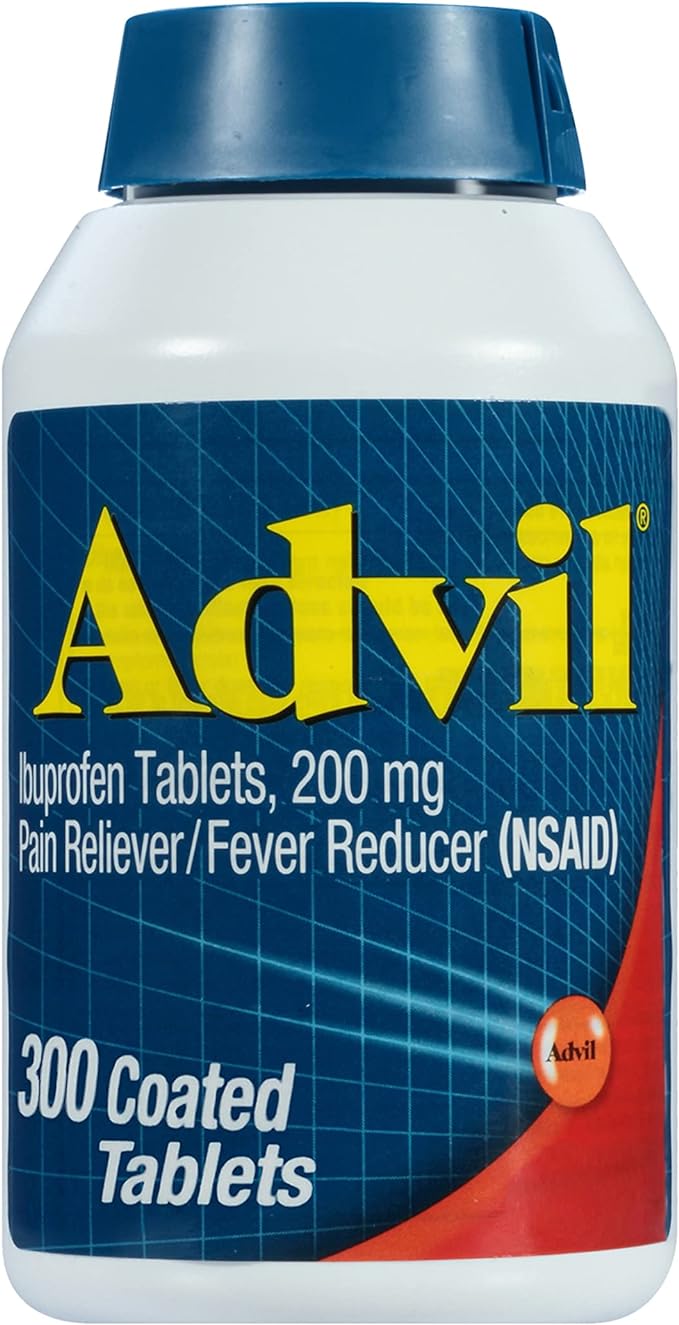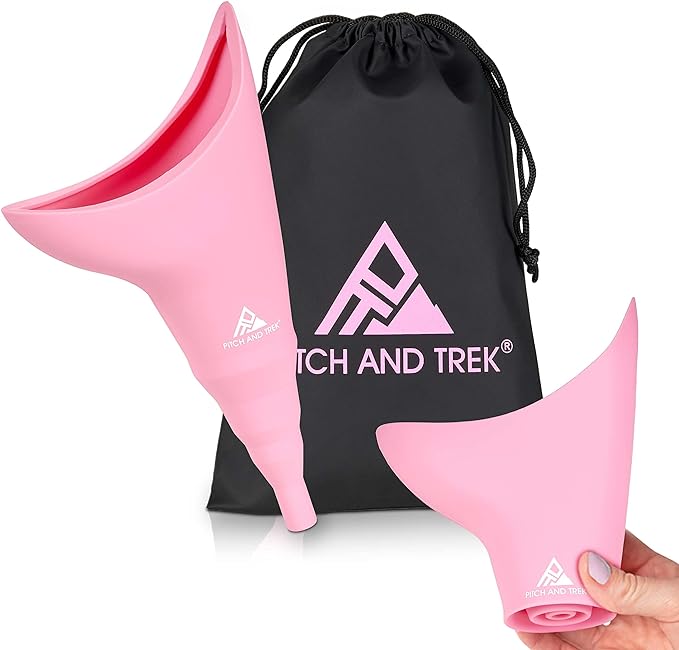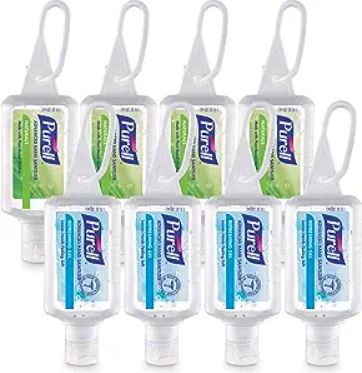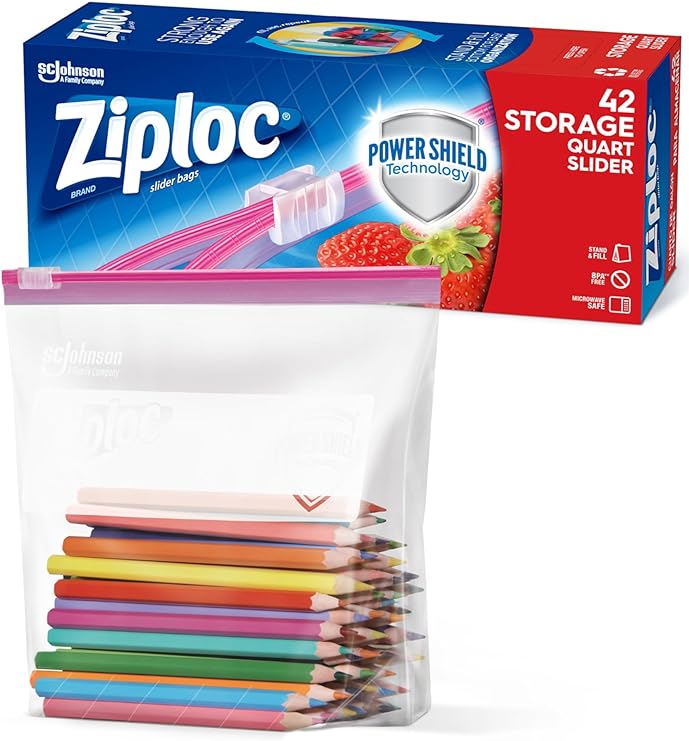Our ultimate Kilimanjaro Packing list will help you prepare for your climb up the highest mountain in Africa and the highest free-standing mountain in the world.
Table of Contents
On your Kilimanjaro trek, you’ll hike through four of Kilimanjaro’s five climate zone, starting with the Forest Zone, Heather-Moorland Zone, Alpine Desert Zone and finally the Arctic Summit climate zone.
You need to be prepared for all of Kilimanjaro weather conditions, which is why you need our ultimate Kilimanjaro gear list. I’ll share the most essential items, plus a few extras that provide extra comfort that don’t take up much space and won’t contribute much to the weight limit of your duffel bag.
Packs & Bags
- Waterproof duffel bag 70-90 litres
- Daypack 25-35 litres
- Waterproof pack cover
- Dry bags for your most important gear (in case of leaks)
- Plastic bags for liquids (in case of leaks)
- (Optional) Packing cubes to organize your duffel bag
Sleeping Gear
- Warm Sleeping Bag rated 0°F/-17°C, -15°F/-26°C
- Sleeping mat
- Sleeping bag liner (for extra warmth in cold temperatures at high altitude or for rented sleeping bag)
- Compression sack for sleeping bag
Depending on which tour operator you book with you, you may be able to rent a sleeping bag/liner and compression sack. We offer this on our Kili tour and provide thick, high quality sleeping bags, but some trekking companies skimp on this, so proceed with caution.
Footwear & Trekking Poles
- Good quality hiking boots – waterproof mid-weight with good ankle support
- Comfortable shoes (for wearing around camp)
- Foot warmers that fit in your hiking boots (optional: recommended for summit night)
- Gaiters
- 3 pairs liner socks (wool or synthetic, no cotton)
- 3 pairs thick thermal socks (no cotton!) – for the colder altitudes
- Spare laces for hiking boots
- Collapsible trekking poles
Hands
- Thin gloves (wool or synthetic, no cotton)
- Thick winter waterproof gloves for higher altitudes
- Hand warmers that fit in your gloves (optional: recommended for summit night)
Clothing: Upper Body
- 1-2 light-weight short sleeve shirts (no cotton)
- 2-3 Light to mid-weight base layer long sleeve shirts (Merino wool or performance wear)
- 1-2 Fleece or fleece jacket as a middle layer
- Waterproof jacket for your outer layer that fits over all your other layers
- Down jacket (approx 750-fill) for higher altitudes
- Poncho (optional, but a good idea. I used mine a lot, and I don’t normally hike with a poncho)
Clothing: Lower Body
- Underwear for each day(no cotton)
- 2 pairs of convertible hiking pants (no cotton)
- 2 light-medium weight base layer long underwear (Merino wool or synthetic fabric)
- 1 pair of fleece pants (midlayer)
- Winter hiking pants (for summit day)
- Waterproof shell pants
Headwear
- Brim hat or cap with neck protection
- Winter hat
- Baclava/Neck gaiter/Buff
- Sunglasses (100% UV protection)
- Head lamp
- Spare batteries for the head lamp
Water & Snacks
- 2-3 liter hydration bladder/hydration pack (Platypus, Camelbak or similar)
- 1-2 One-liter wide-mouth water bottle (Nalgene or similar)
- Electrolyte/Sports drink
- Snacks: ie. nuts or energy bars for each day
Personal Items: For Health & Comfort
- Toiletries: toothbrush & paste, hairbrush/comb, deodorant, soap.
- “Baby-wipes” (you won’t be able to shower)
- Anti-bacterial hand-sanitizer gel
- Nail clippers
- Ear plugs
- Lip balm with SPF
- Sunscreen SPF 40+
- Small microfiber quick-dry towel
- Spare contact lenses/glasses
- Toilet paper (1-2 rolls)
- Dry shampoo (optional, but useful if you have long hair)
- Small massage ball (optional)
- Playing cards or portable game (optional – for when you’re at camp)
- Mobile phone with camera
- Plug adapter Type G
- Kindle (optional)
- Portable charger for your devices – 20,000 mAh or higher to allow for multiple charges or solar charger
- Travel and Trip Cancellation insurance
- Medical high risk insurance
Personal First Aid Kit
- Regular/prescription medications
- Diamox (for altitude sickness. Optional, but recommended)
- Blister plasters – different shapes and sizes (I recommend Compeed)
- Antibiotic cream or ointment
- Band-Aids for minor cuts and scrapes
- Ibuprofen/Paracetamol – over the counter pain relief
- Immodium for diarrhea
- Anti-nausea medication
Ladies Only
- Moisture-wicking sports bra and regular bra for wearing at camp
- Ziplock bags for used tampons/pads (you must carry these off the mountain)
- Pee funnel – to pee standing up. (Optional. None of the ladies in my group used theres, but we were also hiking off season so the trail wasn’t very busy)
Packs & Bags for Kilimanjaro
A porter will carry your duffel bag, but it must weigh 15 kg (33 pounds) or less. This is strictly enforced to ensure the porters aren’t carrying too heavy a load. Our bags were weighed twice!
You may want to buy a portable luggage scale to weigh your duffel bag in advance and to avoid any unpleasant surprises.
I’d also recommend making sure its waterproof or comes with a waterproof cover. If you don’t have a duffel bag, you could also use a large backpack as I did. What’s important is that it’s soft shell. I.e. hard luggage isn’t allowed.
You’ll only be carrying your day pack. I recommend 25-35 liters. It just needs to be big enough to cary some extra layers, your water bladder and some hiking snacks.
Packing cubes are optional, but I use them as I find they make it easier to keep your gear organized and you can fit more in.
I also recommend bringing a dry bag to keep your most important gear or electronics, like your Kindle dry.
Check out the hiking backpacks that we recommend.
Check out the packing cubes that we recommend.
Sleeping Gear for Camping on Kilimanjaro
You’ll want a warm sleeping bag rated to -15°F/-26°C. I also recommend using a fleece sleeping bag liner for extra warmth to help keep your body temperature warm.
Another important item is your sleeping mat. Don’t skimp on this, as it makes a HUGE difference in keeping you warm in cold weather, especially at high altitudes.
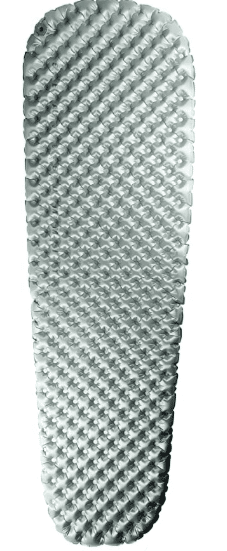
Check out the sleeping mats that we recommend.
Check out the sleeping bags that we recommend.
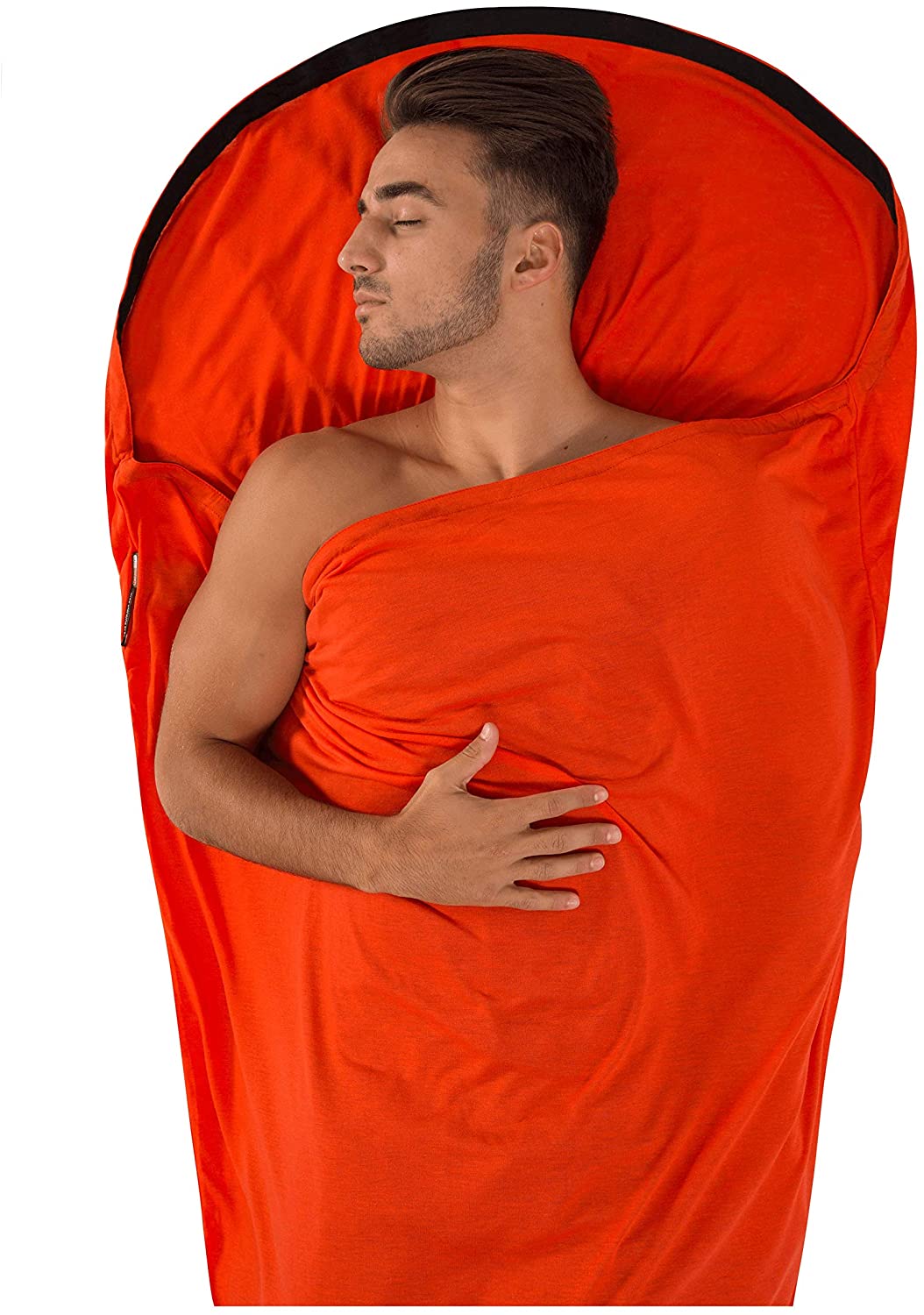
Check out the sleeping liners that we recommend.
Footwear & Trekking Poles
Good quality hiking boots are arguably your most important item in your Kilimanjaro packing list. Ensure that they’re comfortable and that you’ve broken them in. You’ll find tips on buying the right hiking boots here.
I used my gaiters a lot as it was raining almost every day. even if you’re not going in rainy season, I still recommend gaiters as they provide warmth and help keep wind out, which is useful, especially on summit day.
Even if you don’t normally hike with poles, I recommend bringing them, and at least using them for the descent. Your legs will thank you.
In my opinion, socks are the most overlooked item in any hiking gear list, but they’re incredibly important. The right pair will wick moisture away, keeping blisters at bay. You’ll want thiner ones for the lower elevations and thick warm socks for summit night. I’m a huge fan of Merino wool for everything, but especially for socks.
Check out the hiking boots for women and the hiking boots for men that we recommend.
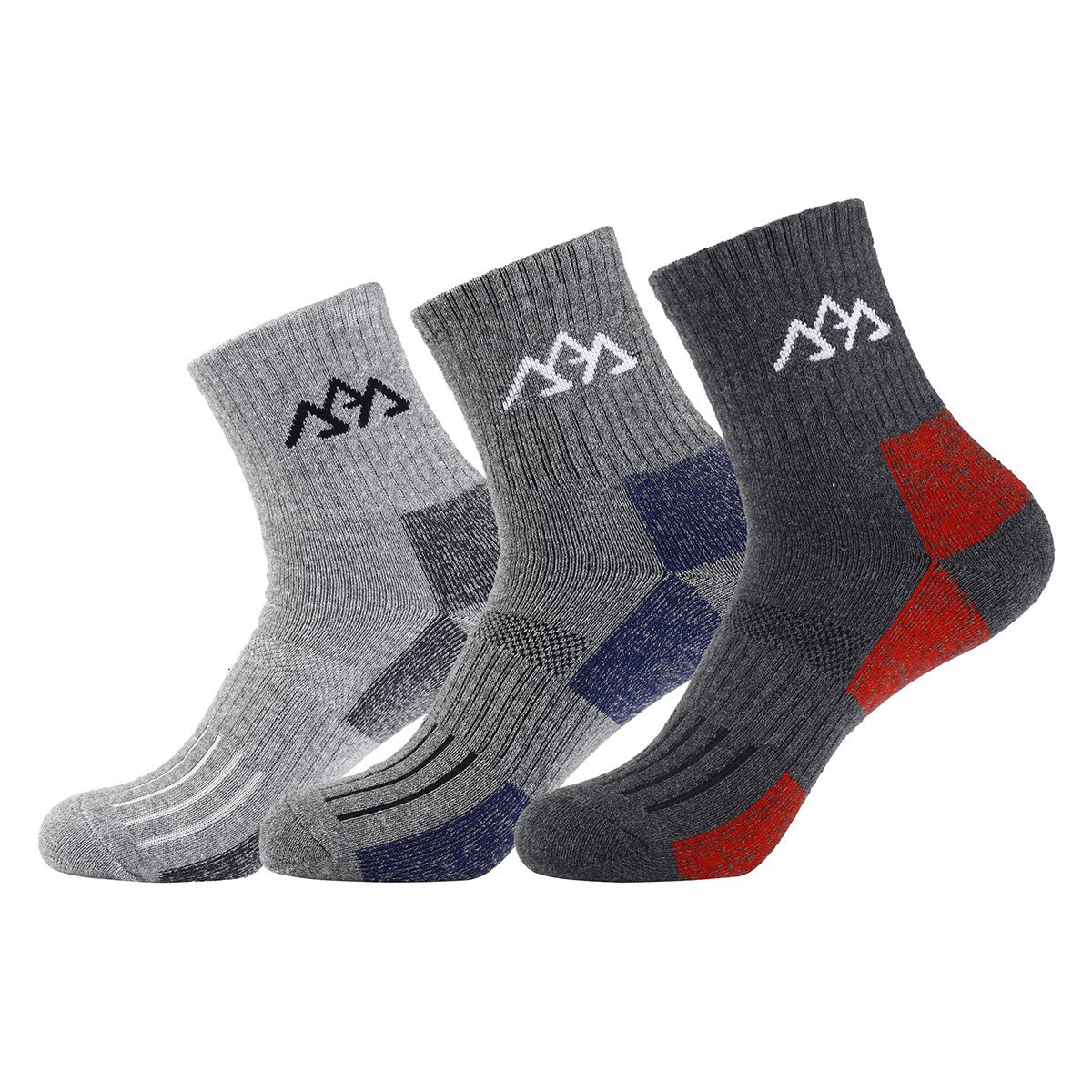
Check out the hiking socks that we recommend.
Check out the trekking poles that we recommend.
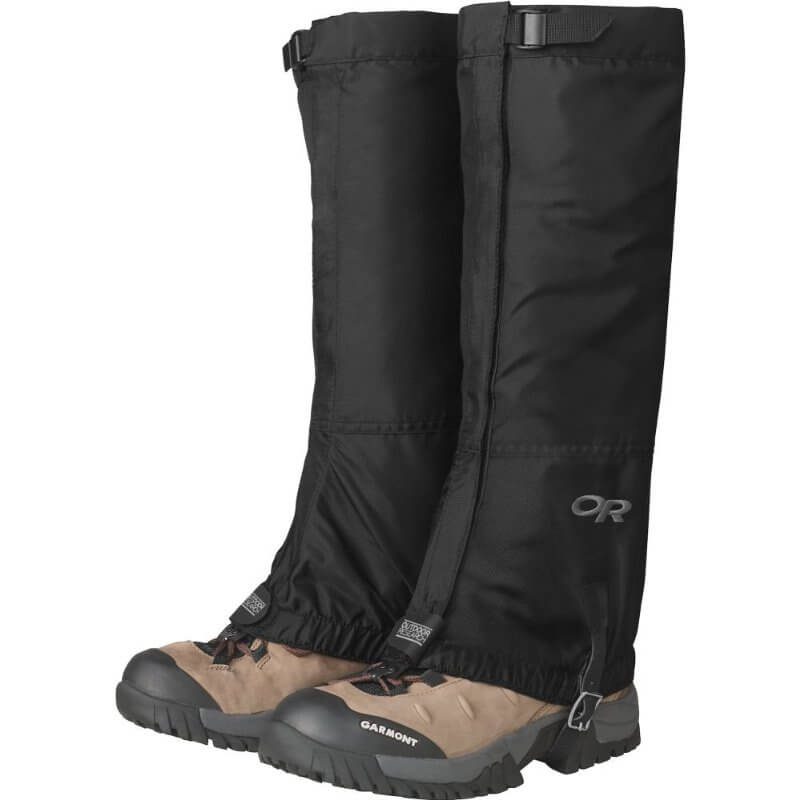
Check out the hiking gaiters that we recommend.
Hands
You’ll want two pairs of gloves, a thinner pair for lower elevations and a warm thick pair to wear on summit day.
Hand warmers (and foot warmers) that you put in your gloves/socks are optional, but I highly recommend them. Summit night is really cold, and these make it much more comfortable, especially since your hands and feet are often the first two body parts to get cold.
Also worth noting is that you won’t be able to find hand/foot warmers in Tanzania so bring them with you. I recommend bringing a pack of 10.
Clothing: Upper Body
When climbing in Tanzania, regardless of which of the 7 Kilimanjaro routes you choose, you’ll start off by hiking in a forest and may find yourself hiking in t-shirt weather. As you ascend, you’ll add more layers. I hiked in a t-shirt for the first 2 days, then in my long-sleeve Merino wool base layer.
Some days, I used a fleece layer for part of the day, and then constantly as I reached higher altitudes. I also wore my waterproof jacket a lot, and wore a poncho over it.
I only used my down jacket on summit day, and the day before.
For summit night, I wore 6 layers – 2 Merino wool layers, 2 fleeces, my down jacket, and my rain jacket on top to help break the wind. It was cold, but manageable.
For women, I recommend, bringing at least 2 bras, a moisture sports one that you wear while hiking, and then a clean normal one for wearing at camp.
Check out the merino wool base layers that we recommend.
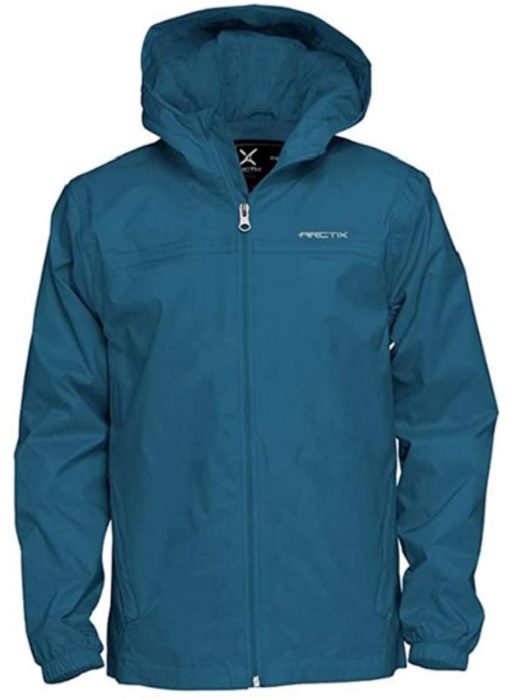
Check out the hiking jackets that we recommend.
Clothing: Lower Body
I brought a clean pair of underwear for each day of the trek, but some of the guys on our trek didn’t. It’s a matter of personal preference, but I personally prefer clean underwear.
I highly recommend bringing convertible hiking pants to accommodate the ever-changing weather on Kilimanjaro. I used the short option a couple of days and they were easy to add the legs back on when the weather changed.
You’ll also want Merino wool long underwear. I also think a pair of fleece pants or fleece leggings to use as a midlayer is a good idea, and they’re also comfortable to wear at camp.
You’ll also want a pair of waterproof pants.
For summit day, you could bring ski pants. I personally didn’t and was OK. I wore 2 pairs of Merino long underwear, my hiking pants and gaiters. However, if you’re climbing Kilimanjaro in the colder months, you may want this.
Check out the hiking underwear that we recommend.
Check out the hiking pants that we recommend.
Check out the merino wool long underwear that we recommend.
Headwear
Headwear is super important for keeping you warm. Bring at least one winter hat. On summit night, I had a winter hat, hood from my down jacket and hood from my rain jacket, which was enough to keep me warm.
You’ll also want to bring a neck gaiter/Baclava/buff. This is especially useful for summit night and makes breathing easier since you can put it over your mouth helping to filter out the cold air from hitting your lungs.
You’ll use your head lamp each night at camp and you’ll want to put in new batteries for summit night, so ensure that you have extra batteries.
Water & Snacks
If you use a water bladder, I also recommend bringing a water bottle as a backup source. My bladder broke right before our acclimization hike from Base Camp! Also, if you use a water bladder, you’ll also need an insulating tube to help keep it from freezing on summit night.
Even doing so, it may freeze, so be sure to have extra water bottles with you in case it does.
On my Kilimanjaro trek we ate REALLY good, with the chef even preparing special gluten-free meals for me since I’m celiac so I hardly touched my hiking snacks until we were descending, but other trekking companies skimp on food.
One friend said that on a cheap trek that he booked, dinner was sometimes a handful of popcorn!
I recommend erring on the side of caution and bringing more snacks that you think you’ll need.
Check out the water bladder that we recommend.
Check out the water bottles that we recommend.
Check out the hiking snacks that we recommend.
Personal Health & Electronic Devices
While you won’t be able to shower while climbing Kilimanjaro, depending on the tour company you choose, you may get fresh water to wash your face or do a quick bird bath in your tent, as we were given on our Kilimanjaro tour.
There’s no where to charge your devices, so you’ll need a Portable charger. I recommend 20,000 mAh or higher to allow for multiple charges or bring a solar charger.
You’ll also need a Plug adapter Type G for before and after your Kilimanjaro trek. While you won’t be able to use it while on Kili, you’ll want to ensure that your devices are fully charged before you head out.
One item that may seem rather weird is Baby wipes, but I’m so glad I brought them. I used them every day. While not quite the same as a shower, it felt great to wipe the sweat off after hiking each day.
Two optional items that I brought and thoroughly enjoyed were my Amazon Fire. It’s backlit so it’s easy to read from my tent and in the dark. I used it every day, often multiple times a day and was much more convenient than a regular book that would have required reading in day light, or a portable reading lamp.
And for every long distance hike, I swear by a small massage ball. This doesn’t take up much space and feels OH SO GOOD at the end of a long day of trekking.
Check out the travel insurance that we recommend.
Personal First-Aid Kit
What goes into your first-aid kit is personal, but check out our first-aid kit recommendations. Even though I wouldn’t bring them on a normal hike, I recommend bringing Imodium for diarrhea and anti-nausea medication, since nausea can a symptom of altitude sickness.
Renting Items
If you don’t have some of the items and don’t want to buy them, it’s possible to rent some (but not all).
Depending on which tour operator you book with you, you may be able to rent a sleeping bag/liner and compression sack. We offer this on our Kili tour and provide thick, high quality sleeping bags, but some trekking companies skimp on this, so proceed with caution.
There’s also a rental shop in Arusha for other equipment, for everything from ponchos, backpacks, hiking poles, hiking pants, shirts, long underwear, gloves and more.
I rented a few items from here, and while the poncho was fine, the long underwear (mine had mysteriously gone missing from the hotel) was super scratchy and I swear had bugs in it, despite the fact I had it washed at the hotel, so again proceed with caution.
In my opinion, it’s fine to rent hiking poles, and your sleeping bag (IF you know that it’s high quality and will keep you warm), but try to bring everything else with you. The shop is a bit random when it comes to sizes and what’s available, so it’s safer to bring everything with you.
However, the rental shop is a good option if you forgot some important gear for Kili. Our partner will bring you here if you need something. If you book with another tour company, check that they offer this service, since not all do.
Note: you can’t rent/buy hand warmers and foot warmers here, so be sure to bring these with you.
